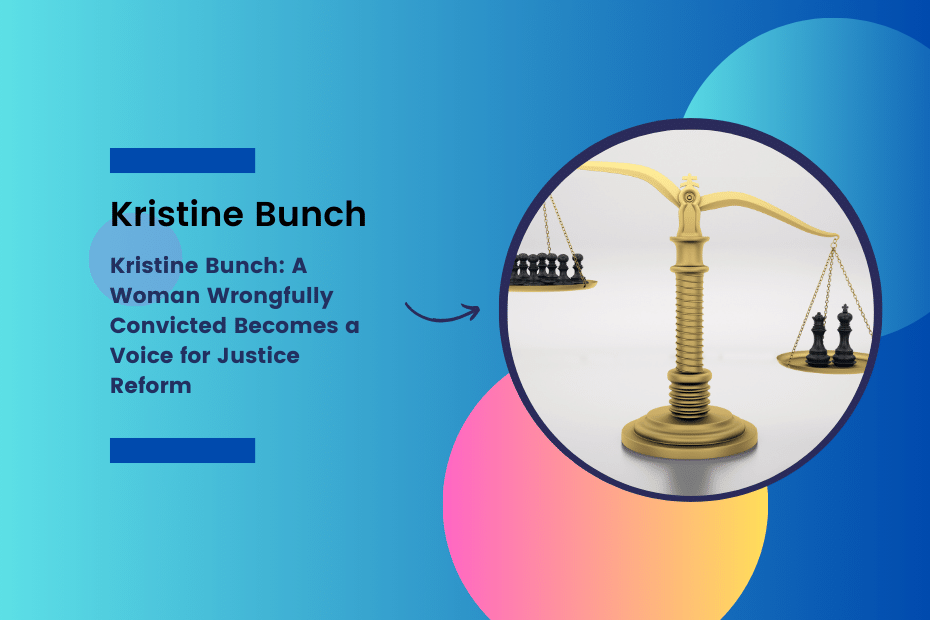Rehabilitation in criminal justice is a concept that denotes a variety of methods aimed at reintegrating offenders into society by encouraging personal transformation and growth. At its core, it seeks to address the root causes of criminal behavior, offering those who’ve made mistakes a second chance to live productive, lawful lives. In this article, we will delve into the transformative power of rehabilitation in criminal justice, exploring its history, its crucial role within the system, and how it fundamentally alters the lives of individuals. We’ll also look at some real-life examples and envisage the future of this pivotal component in the justice system.
Rehabilitation: A Historical Overview
The idea of rehabilitation has been a part of the criminal justice system since the 19th century, initially implemented through religious instruction and moral reform. However, the emphasis on rehabilitation as we understand it today – focusing on education, therapy, and skill development – truly began to take root in the mid-20th century. It was a response to the rising criticism of punitive approaches and the recognition of high recidivism rates.
Over time, rehabilitation has evolved to become more holistic and evidence-based. Modern rehabilitation programs now involve psychological counseling, vocational training, substance abuse programs, and other supportive services to address a myriad of issues contributing to criminal behavior.
The Role and Importance of Rehabilitation in Criminal Justice
Rehabilitation is fundamental to the criminal justice system. It helps to break the cycle of crime by addressing the underlying issues that lead individuals to offend. Rehabilitation focuses on transforming an individual’s thinking and behavior, providing them with the necessary skills to reintegrate into society upon release.
The benefits of rehabilitation are multifold. For offenders, it provides a platform for personal growth, offering a chance to learn new skills, improve self-esteem, and prepare for life outside prison. For the criminal justice system, successful rehabilitation reduces overcrowding in prisons and lowers recidivism rates. For society, it means fewer crimes, safer communities, and more productive citizens.
How Rehabilitation Transforms Individuals
The transformative power of rehabilitation is truly evident when one delves into individual case studies. For instance, consider the story of John, a former inmate who, through a prison rehabilitation program, learned carpentry skills. Upon release, John used these skills to find stable employment, drastically changing his life trajectory.
Rehabilitation fosters cognitive, behavioral, and emotional changes. Cognitive-behavioral therapy (CBT), often employed in rehabilitation programs, helps individuals challenge and change harmful thinking patterns. This kind of intervention can lead to behavior changes, reducing the likelihood of reoffending.
Rehabilitation also helps to lower recidivism rates. Various studies suggest that individuals who participate in rehabilitation programs are less likely to reoffend compared to those who do not.
Thought Leadership Piece: The Future of Rehabilitation in Criminal Justice
Looking forward, the future of rehabilitation in criminal justice holds much promise. Technology is set to play a pivotal role, with virtual reality (VR) and artificial intelligence (AI) being explored for therapeutic and educational purposes. For instance, VR can be used to teach social skills and manage addictions, while AI could provide personalized learning plans for inmates.
Additionally, there is a growing trend towards a more community-based rehabilitation approach. This model focuses on reintegrating offenders into the community and includes support systems that start while individuals are still incarcerated and continue upon their release. The emphasis is on creating an environment where ex-offenders can rebuild their lives, improving not only their chances of success but also societal attitudes towards rehabilitation.
The future will undoubtedly bring new challenges, but with continued innovation and dedication to rehabilitation, we can hope for a more inclusive, effective criminal justice system.
Implementing Effective Rehabilitation Programs
Creating and implementing an effective rehabilitation program requires careful planning, understanding of the target group, and a commitment to continual improvement. Here’s a step-by-step guide on how to do this:
1. Needs Assessment: Begin with a thorough understanding of the population’s needs. Look at factors such as demographics, substance abuse issues, educational background, and mental health conditions.
2. Program Design: Design the program based on the needs assessment. Include elements like education, vocational training, cognitive-behavioral therapy, and substance abuse treatment. Make sure the program is tailored to the unique needs and circumstances of the population it serves.
3. Resource Allocation: Ensure you have the necessary resources in place, such as qualified staff, facilities, and materials. Seek partnerships with community organizations, education institutions, and businesses for resources and support.
4. Implementation: Put the program into action, ensuring staff are trained and participants understand the goals and procedures of the program.
5. Evaluation: Regularly evaluate the program to determine its effectiveness. Collect data on participant progress, recidivism rates, and other key indicators. Use this data to refine and improve the program over time.
Remember, the challenges may include resistance from participants, lack of funding, and the need for ongoing training and support for staff. Overcoming these challenges requires patience, persistence, and a firm belief in the rehabilitative purpose.
Top 10 Successful Rehabilitation Programs Worldwide
1. Norway’s Halden Prison: Known for its focus on human rights and rehabilitation, Halden Prison provides education, job training, and skill development opportunities.
2. Canada’s Circles of Support and Accountability: This community-based program assists in the reintegration of offenders into society by providing a network of support.
3. The Delancey Street Foundation, USA: An exemplary residential self-help organization for substance abusers, ex-convicts, and others who have hit bottom.
4. Germany’s Heidering Prison: Emphasizes rehabilitation through work, education, and therapy.
5. The Netherlands’ KEMET Education Services: Provides intervention services for youth at risk of delinquency.
6. New Zealand’s Alcohol and Drug Treatment Courts: Provides intensive, judicially supervised, treatment-based alternatives to imprisonment for offenders.
7. Australia’s Balunu Foundation: Uses cultural healing to address the root causes of behavior in Indigenous youth.
8. Singapore’s Yellow Ribbon Project: Seeks to engage the community in giving ex-offenders a second chance at life.
9. Finland’s Criminal Sanctions Agency: Uses a wide range of rehabilitative services from probation to prison programs.
10. South Africa’s NICRO: Offers social reintegration services to help ex-offenders successfully reintegrate into society.
The success of these programs hinges on understanding the unique needs of the population, a commitment to rehabilitation over punishment, and the inclusion of supportive community-based elements.
The Role of Society and Community in Rehabilitation
Society and community play a pivotal role in rehabilitation. The community provides social connections, opportunities for employment, and resources for continued growth and development. Positive community involvement can foster a sense of belonging and support, which significantly improves the likelihood of successful reintegration.
However, societal stigma and discrimination can act as a barrier, making it difficult for individuals to find jobs, secure housing, and establish positive relationships. It’s therefore vital that society as a whole works towards understanding, acceptance, and support for individuals undergoing rehabilitation.
FAQs on Rehabilitation in Criminal Justice
Q1: Is rehabilitation in criminal justice effective?
Yes, numerous studies have shown that well-implemented rehabilitation programs can significantly reduce recidivism rates and aid in successful reintegration into society.
Q2: How does rehabilitation reduce crime rates?
Rehabilitation programs aim to address the root causes of criminal behavior, such as substance abuse or lack of education, thereby reducing the likelihood of reoffending.
Q3: Is rehabilitation cost-effective?
While the upfront costs of rehabilitation programs can be high, numerous studies have shown that they can save money in the long run by reducing rates of reoffending and incarceration.
Q4: Does society support rehabilitation efforts?
Public attitudes towards rehabilitation can vary widely. However, there’s a growing recognition of the importance of rehabilitation for reducing recidivism and creating safer communities.
Q5: What challenges does rehabilitation face?
Challenges can include funding shortages, lack of trained staff, resistance from participants, and societal stigma against ex-offenders.
In conclusion, rehabilitation is a powerful tool in the criminal justice system, capable of transforming lives and creating safer, more cohesive communities. Its emphasis on addressing the root causes of criminal behavior provides a more human and effective approach than punitive measures alone. As we look to the future, a commitment to continued innovation and broader societal support for rehabilitation efforts will be vital to creating a justice system that truly serves all members of our society. We hope this deep dive into the transformative power of rehabilitation has provided valuable insights and engendered a greater appreciation for this pivotal aspect of criminal justice.






.png)